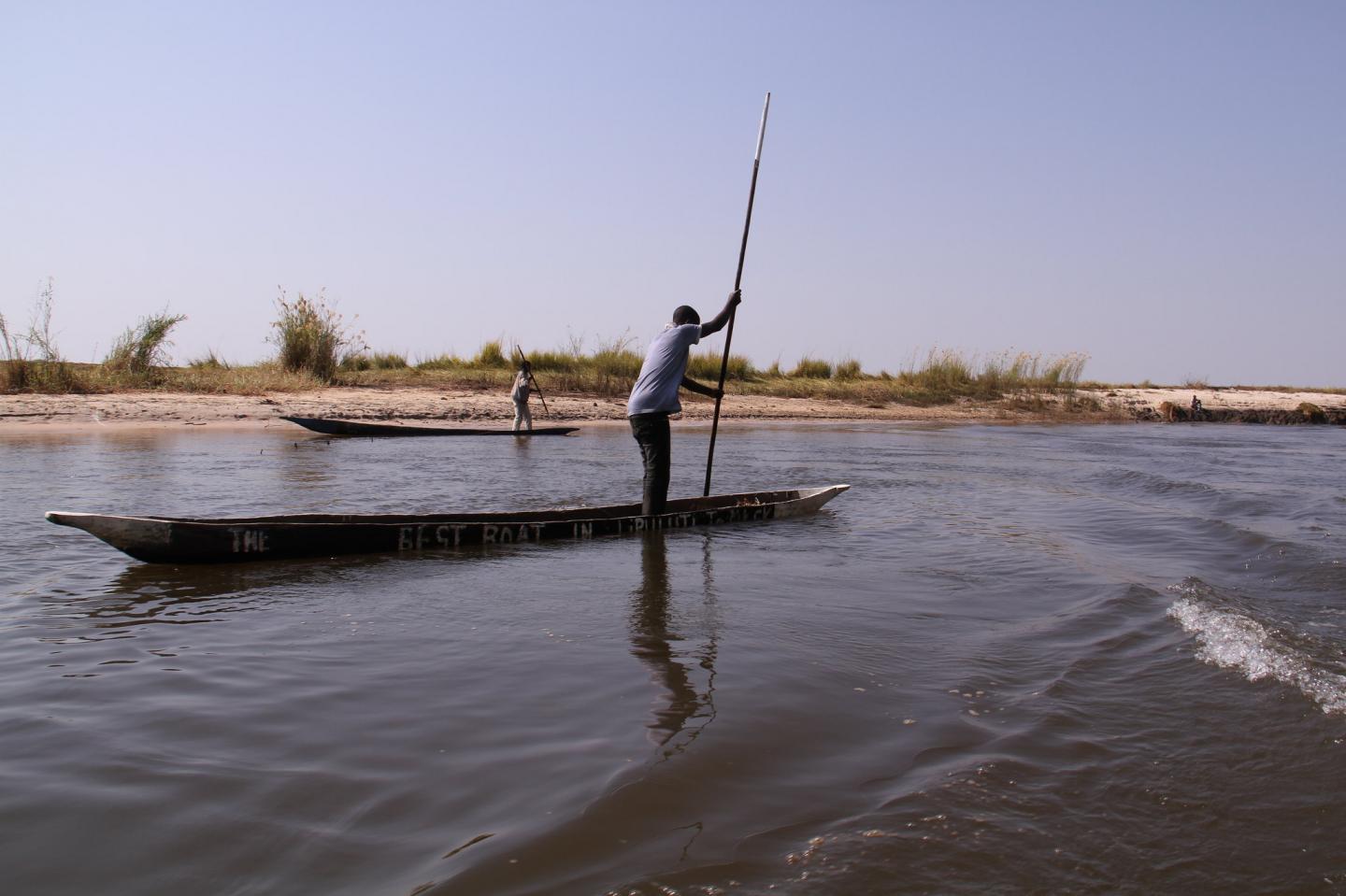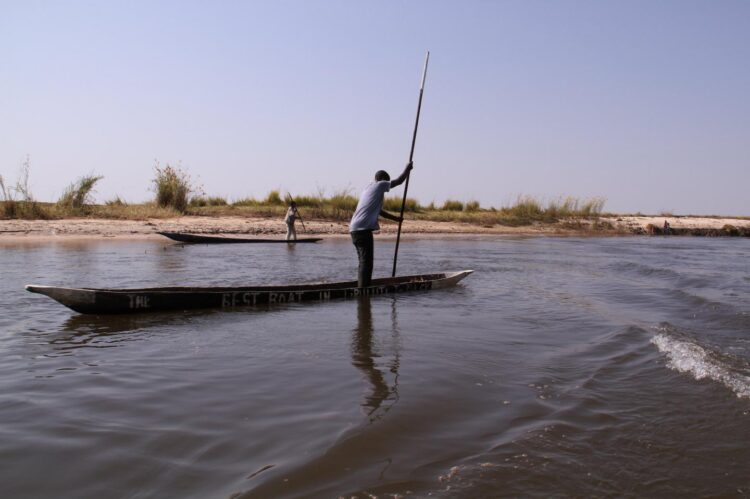To develop locally relevant strategies that improve food security, nutrition, and conservation, researchers employed a gendered ecosystem services approach in Zambia.

Credit: Bioversity International/E.Hermanowicz
The Barotse Floodplain in Zambia is one of Africa’s largest wetlands, representing varied ecotypes and high biodiversity conservation value. However, the Lozi People who live in the region face an intense “hungry season” from November to January when accessibility to food is very limited. This means that year-round nutrition and food security are consistently top priorities.
Conventional intensive agriculture is not well-suited for the Barotse landscape. Over-expansion of agriculture would have cascading negative effects on local people, wildlife, downstream ecosystems, and economic sectors such as hydropower.
To help improve livelihoods through sustainable agricultural development and environmental protection, researchers from the Alliance of Bioversity International and CIAT worked with Lozi communities to identify locally relevant strategies. They published some of their findings in a recent study in the International Journal of Agricultural Sustainability.
Why identify ecosystem services?
Ecosystem services encompass a plethora of benefits to humans that come from natural and managed lands. However, researcher and co-author Natalia Estrada-Carmona says, only a small fraction of these tend to be considered, valued, and measured (e.g., CO2 or crop yields) in economic and agriculture development agendas.
The research team used a gender-sensitive ecosystem services approach to work with three local communities. Focus group participants (separated into men and women) used 1,992 coded cards in English and the local language Silozi to assess 17 ecosystem services, from fishing to erosion control.
Questions such as “Where do you go to get water for consumption?” and “What eco-types are important for controlling floods?” identified services according to provisioning, regulating, and cultural uses and benefits.
“The activities carried out with the local communities helped to visualize all the benefits from the different eco-types present in the floodplain. It was very interesting to see that many of the most important ecosystem services for both women and men come from native vegetation eco-types,” explains Estrada-Carmona. “Additionally, this exercise facilitated discussing and visualizing the trade-offs associated with converting natural vegetation to cultivated eco-types. Those trade-offs are often invisible in agriculture development agendas and programs. This research confirms that assuming that agricultural expansion can occur everywhere without consequences is a pretty biased perception.”
Implications from applying a gender lens
The study suggests several differences between how men and women access their ecosystems: for example, women go to shallower river areas for smaller fish and cultivate diverse crops, including neglected and underutilized species (NUS), that complement household nutrition security.
The dynamic nature of the floodplain also translates into seasonal changes in human migration, and labor shortages. Estrada-Carmona elaborates: “Communities in the uplands are settling more as access to schools, roads, and electricity increases. Women tend to stay caring for kids, elders, and land during the dry season while men migrate to the plains in the hunt for fish and cash. Therefore, agricultural practices or activities that ignore women’s reality in the uplands during the dry season would either add a burden or exclude them from implementing those practices or activities.”
Agroecological intensification – multifunctional agricultural land
Although the study revealed that forests in the uplands and grasslands in the plains provide the bulk of ecosystem services, these fertile lands are often converted to agricultural land. The authors point out that rather than monocultures focused on cash crops, such as hybrid maize and rice, local food security and livelihoods would benefit most from agroecological intensification. Approaches such as multiple cropping, conservation agriculture, and agroforestry could restore and maintain the identified ecosystem services in cultivated lands while reducing the pressure on natural lands.
Local people and the Zambian government already recognize the value of crop diversity in mitigating environmental, food security, and market risks, with researchers finding that at least 17 NUS are currently being planted. However, maize is the most common crop, and there is a lack of support for experimentation and innovation that can identify the cultivation system best suited to ensure year-round, long-term production and other benefits.
“Agricultural land is seen as a source of yields or calories only,” says Estrada-Carmona. “In reality, it is the most malleable land that can contribute to maintaining soil fertility, erosion or flood control, water quality, wildlife connectivity/habitat, etc. Hence, identifying the cropping systems and crop diversification strategies at the farm and landscape level that generate those multiple benefits is vital for sustainable and holistic development.”
The study concludes: “The intertwined drivers of change and the complex trade-offs between ecosystem services demand looking beyond ‘agriculture’ and ‘conservation’ as two separate challenges… All stakeholders’ agendas could be better articulated by integrating the traditional place-based knowledge for jointly planning a sustainable future of the Barotse Floodplain for livelihoods, well-being, and conservation.”
###
Media Contact
Eliot Gee
[email protected]
Original Source
https:/
Related Journal Article
http://dx.





